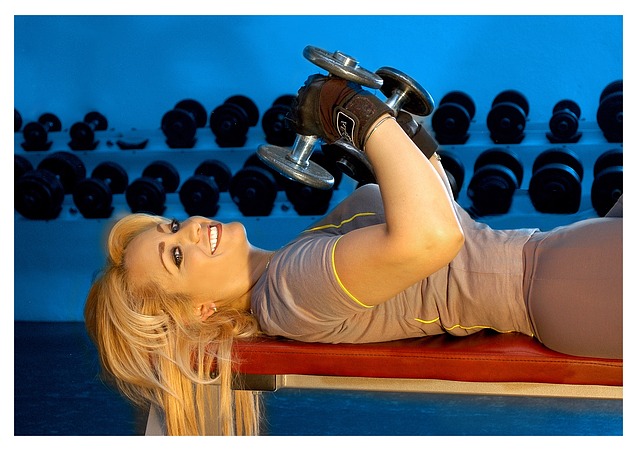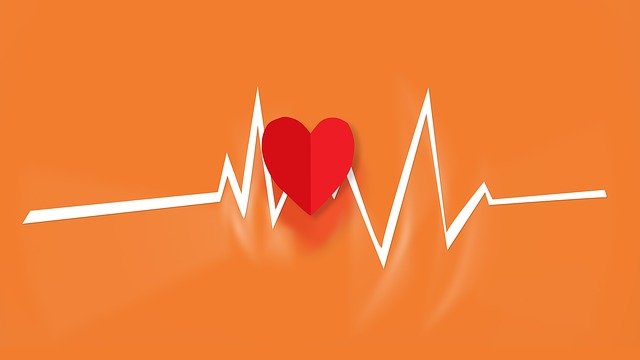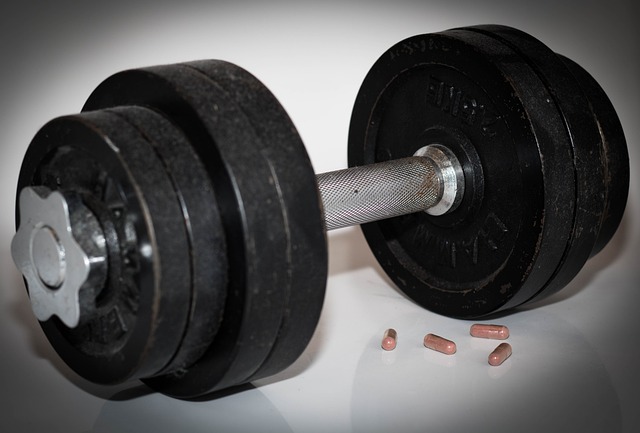If you’re new to weight training, it’s critical to understand what your body is experiencing. Your muscles react differently to different activities, and there are reasons why athletes tailor their training to their specific goals.
As a novice, knowing a few fundamental facts regarding your new gym venture would be advantageous.
It is not necessary to be large to be strong
Weight training entails working out both the muscles and the neurological system, which work together to form the neuromuscular system. Having large muscles does not ensure that you will be stronger than someone who trains for strength and has smaller muscles. It is determined by how you train as well as your natural ability.
Raija Koskinen of Finland, for example, achieved a world record for the women’s squat in the 97-pound (44 kilograms) bodyweight class in 2003 at the age of 40. She squatted 377 pounds (171 kg), about four times her own weight.
Bodybuilders focus more on repetitions with lesser weights, whereas strength athletes lift larger weights for fewer repetitions.
A basic weight training fitness program should concentrate on both strength and muscle development. You can achieve both by performing eight to fifteen repetitions for two to four sets.

Choose eight to twelve workouts that target your lower, upper, and core bodies. To guarantee a sound foundation before attempting more goal-specific workouts, don’t lift too heavy or too light (you should feel weary by the last rep, but it shouldn’t be unduly difficult).
Machine Weights Activate Fewer Muscles Than Free Weights
When moving free weights, muscles other than those in the target muscle group are usually required to stabilize the weight. The construction of the machinery restricts and controls the weighted path when using machines. As a result, auxiliary muscles are used less during the lift, pull, or push.
Nonetheless, machine weights are a fantastic way to challenge muscles. You will receive the most variety and results if you combine free weights and machine weights.
Steroid Abuse Has Serious Consequences
Anabolic steroids are used to increase muscular tissue growth and to allow users to train harder and recover faster from exercise-related stress.
Anabolic steroids are a class of steroid hormones that enhance muscle growth and strength. Testosterone is an example of a natural anabolic steroid. Nandrolone, stanozolol, oxymetholone, fluoxymesterone, and trenbolone are examples of synthetic steroids.
Steroids are often injected; however, oral versions are also utilized. Synthetic and natural steroids are commonly used in bodybuilding to increase growth and performance. This approach is mainly illegal and violates competition laws.
Regrettably, they are still extensively utilized in non-competitive activities to increase body size and strength. The use of anabolic steroids is not permitted in the majority of competitive sports.
Anabolic steroids function similarly to the male hormone testosterone. As a result, when given external steroids, the body tends to reduce its natural synthesis of these and other essential sex hormones.
Side effects of hormonal disturbance may include testicular atrophy and male breast augmentation (gynecomastia). Enlargement of the clitoris, reduction in breast size, extra body hair, and a disturbed menstrual cycle can all occur in women.
Eccentric exercise causes pain.
When you bend your arm to lift a dumbbell, you are performing a “concentric” motion. This happens as the joint angle lowers and the biceps muscle shortens. When you return the dumbbell to its starting position, you straighten the joint and lengthen the muscle, which is referred to as an “eccentric” movement.
Eccentric exercise, on average, causes greater muscle damage and pain than concentric movement.
Some weight coaches believe that eccentric exercises help you grow muscle faster. Be prepared to be sore if you focus on a slow eccentric contraction in your exercises.
Gaining Muscle While Losing Fat Is Difficult
It is not impossible, but it is improbable that you can shed body fat while building muscle. The body does not tolerate contradicting metabolic stages, such as losing and gaining weight at the same time. The best you can aim for is to keep muscle while losing fat.
Experienced bodybuilders usually accomplish it in two stages. They begin by consuming weight training to gain body mass, including some fat. In the second phase, they use a carefully planned diet to trim the fat and maintain muscle while maintaining their muscle-building program.
Many people who train for sports, weightlifting competitions, bodybuilding, or to enhance their level of fitness are lured to a bodybuilding diet in order to add muscle and maintain a lower body fat percentage.
A normal bodybuilding diet consists of raising your total protein and calorie consumption while also including frequent strength training in your routines. Nutrition needs for weight training and bodybuilding are similar to a well-balanced diet that contains a variety of nutrient-dense meals.
The emphasis on quantity and meal timing during various phases of weight training is the exception with a bodybuilding diet. Many proponents of a bodybuilding diet use nutritional supplements to develop muscle, but nutrition experts generally recommend receiving your nourishment from entire foods whenever possible.
Weight and Aerobic Training Have Different Effects on the Heart
You’ve probably heard the phrase “enlarged heart.” This is a medical disorder in which the heart muscle, including the chambers of the heart, becomes enlarged. This abnormal heart enlargement happens as a result of a disease condition that weakens the heart muscle (heart disease). The heart dilates to compensate for the heart’s reduced pumping action as a result of the condition.

Athletes, on the other hand, tend to have enlarged hearts due to the amount of stress they put on the heart’s pumping requirements to fuel their training and competing.
In most athletes, some degree of cardiac enlargement is a typical response to exertion.
It is not harmful and may even be beneficial, though further research is required to determine the full extent of its effects.
Endurance athletes, such as marathon runners, have greater chamber diameters, but strength athletes, such as powerlifters, have thicker muscle walls.
A mixture of both types of exercise, weights, and aerobics, may produce the best results.
To Conclude
Weight training is an amazing sort of exercise that makes your body feel great and boosts your self-esteem.
However, it is critical to proceed with caution. When you initially begin, it may be better to work with an experienced trainer to learn how to lift weights effectively and avoid unnecessary harm.
It might be ideal to consult with a nutritionist on what your meal plan should be.

